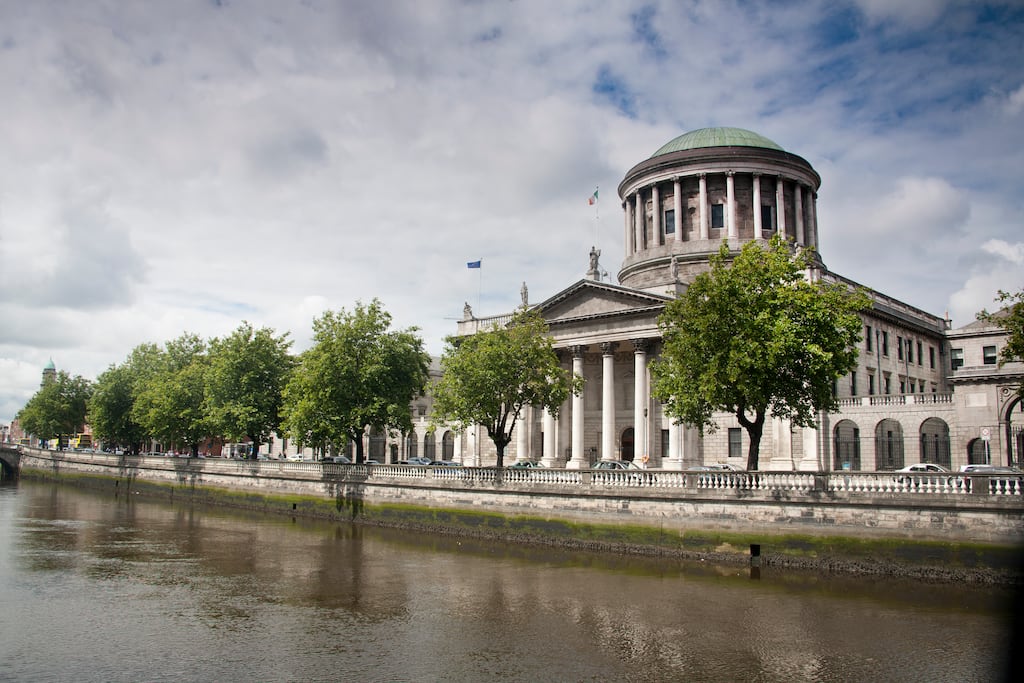The High Court has made an order allowing the half-sibling of a schoolgirl who died by suicide to determine where she will be buried.
There was a difference of opinion between the girl’s parents and her other family members over where she should be buried.
She was under the care of Tusla since she was about 18-months-old, living with her aunt and uncle and her sibling, identified as G.
The half-sister applied to the High Court for an order under the Succession Act of 1965, submitting that G, the girl’s aunt and uncle and remaining half-siblings, wanted her to be buried in the town where she has lived for most of her life.
Rory McIlroy’s and Tiger Woods’ teams go head to head in TGL
Soft power: the wool entrepreneurs spinning Irish yarns across the globe
Adrian Duncan: ‘I remember praying for a statue not to move because I didn’t want my world to be destroyed’
Julian Benson: ‘I got a call out of the blue in October to say there was a kidney for me’
This, she said, would allow her friends and community to gather at her funeral and her family, particularly G, to visit her grave.
Her parents wished for her to be buried where they live and where her grandparents are buried.
In a judgment published on Thursday, Ms Justice Siobhán Stack said the application was made in the “most distressing and heartbreaking circumstances imaginable”.
The girl’s biological parents would be the people first entitled to take out a grant of letters of administration of the estate of the girl, while the girl’s half-sister is in the group next entitled.
However, the court had jurisdiction to override this if there were special circumstances making it “necessary or expedient” for the applicant, as a half-sibling of the girl, to be permitted to extract a grant in preference of the parents.
She determined there were special circumstances allowing her to make the order permitting the half-sister to take out a grant. The grant was limited to the purposes of taking custody of the body, arranging the wake, funeral and burial and headstone erection of the deceased.
The girl’s half-sister submitted G would be distraught if the girl was not buried locally. Her biological parents would be included in the funeral and burial rites, she added.
By contrast, the judge said, the girl’s father based his position very much on the status of himself and his wife as the parents of the girl. He stressed that they had access with her throughout her life, although this was, the judge said, apparently somewhat periodic and at all times supervised.
He was “clearly deeply upset and shocked by his daughter’s death”, while the mother felt unable to attend the hearing, she added.
Both the girl’s half-sister and father expressed their wishes to the court in a very emotional manner that made clear all family members “share very profound grief” at the girl’s death, she said.
The circumstances, in which the girl was not living with her parents since she was very young, can be regarded as “special” and places the wishes of G, her half-siblings and foster parents above those of her biological parents, the judge found.
It seemed to her appropriate that the wishes of these family members should be prioritised over those of the parents.
The judge placed considerable weight on the fact G expressed a very strong desire that their sister would be buried in the town where they lived together and where G can easily visit the grave.
Given the purpose for which the grant is sought, the judge decided the grant should be extracted by the half-sister and not by the biological parents.
Ms Justice Stack also discharged a temporary order restraining the hospital from releasing the girl’s body and directed the hospital to release the body to the half-sister.
In concluding her judgment, she reiterated her “very deep sympathies to all sides involved in this tragic dispute”.












